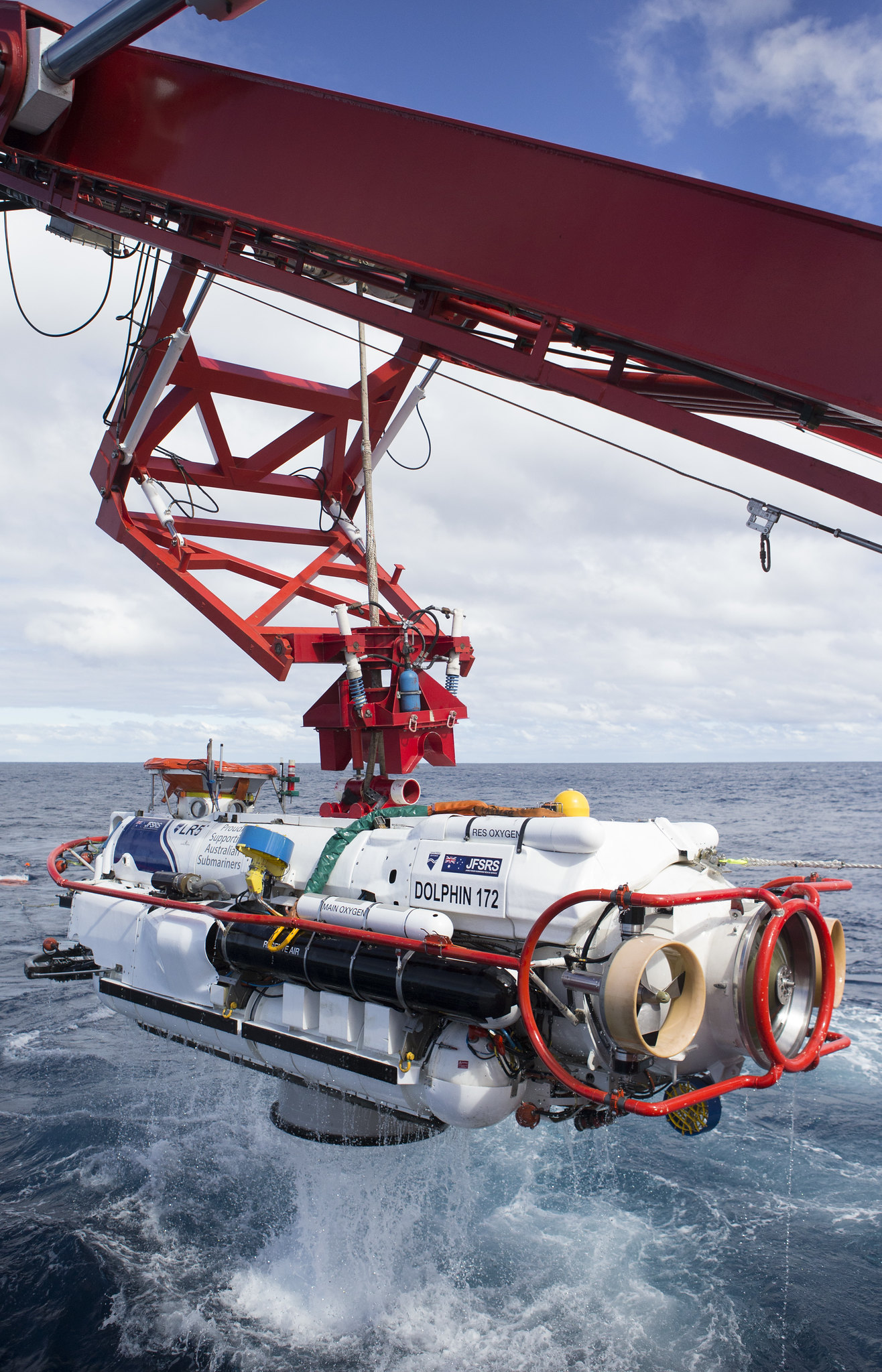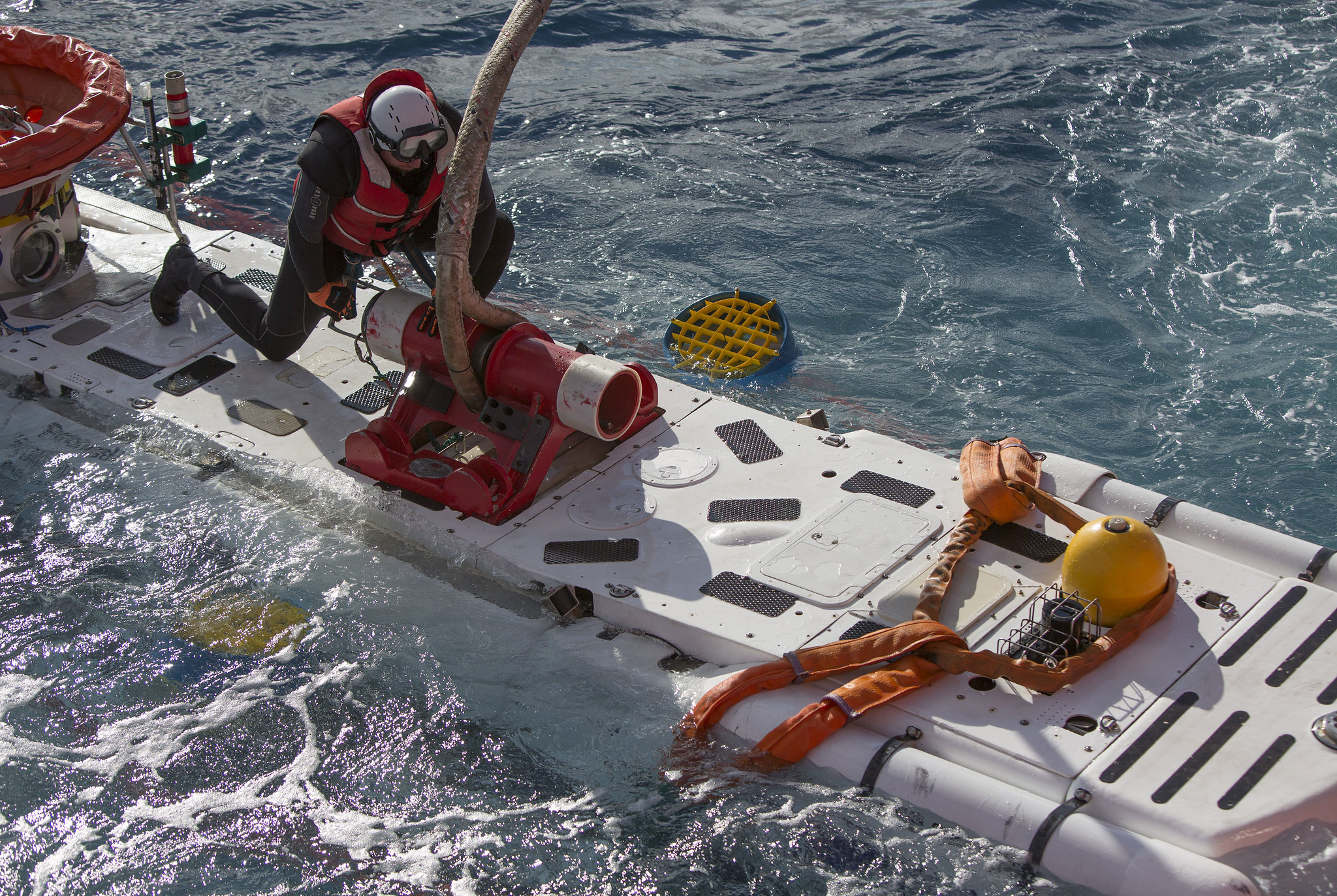Article by Submarine Matters
New Japanese Defence Minister Inada. Nakatani demoted?
In early August 2016 Japan’s conservative Prime Minister Abe appointed a like-minded conservative as Defense Minister. She is Tomomi Inada.
It is too early to tell what impact she will have. She is considered highly nationalist by China and some other regional neighbors. Many political observers in Japan believe that Abe is grooming Inada to be his successor
So, has Nakatani been demoted? If so, was it due to not selling the sub to Australia?
Sub size and sonars
Gleaned from comments by ex-Vice Admiral, Masa Kobayashi (SHIPS OF THE WORLD, from 2016, No.9) along the lines that generally the larger the submarine the more powerful and effective its sonars. This places larger, reactor powered, submarines at the top of the sonar effectiveness tree (particularly for more commonly used passive sonars). The large SSKs, like the Soryu and future Shortfin, would rate highly. Small SSKs (eg. TKMS Ula class and Type 210mod) not so much.
Higher cost for Higher Performance of Mark 2s (Mk 2s) 27SS and 28SS
The budgeting for the Japanese Ministry of Defence (MoD) is single year and multi-year depending on the documents. The Board of Audit (BoA) and Ministry of Finance (MoF) need to be convinced that ongoing or higher funding is needed for MoD's new submarine requests. The conceptual complexity of these requests is something MoD needs to constantly explain to MoF and to other relevant branches of Government.
The non-AIP Soryu Mark 2 (27SS onwards) and follow-on class will paradoxically have some structural similarities to the non-AIP Oyashios that preceded the AIP Soryu Mark 1.
The Oyashios themselves are undergoing life extension, including combat system upgrades, to bring Japan's operational submarine numbers up from the existing average of 16 up to 22 (to meet increasing strategic threats to Japan).
In the FY 2018 budgetary request, the Japanese Ministry of Defence (MoD) will request 76 billion Yen (0.99 billion AUD) for the first of the New Submarine Class.
In the FY 2018 budgetary request, the Japanese Ministry of Defence (MoD) will request 76 billion Yen (0.99 billion AUD) for the first of the New Submarine Class 29SS to be commissioned by the end of Fiscal year 2021. The new subs will be equipped with an improved sonar system and will be more silent/stealthy. The Japanese are also perfecting a new snorkel system that is effective in the higher sea states (eg, storms) that are common in the Pacific.
The new snorkel generation system which MoD will use for Soryu Mark 2s (27SS and <b>28SS) is to be consist of a snorkel system and diesel generator. This terminology is rather difficult to understand, because the snorkel system does not generate power. But, this odd terminology has important meaning in the MoD budget and tender system.
A competitive tender is applied for purchasing the diesel generator, because it is general equipment. In contrast, an optional contract can be applied for purchasing the snorkel generation system, according to related law [known as Cabinet Order on Budgets, the Settlement of Accounts, and Accounting (Chapter VII), Article 102-4. The suppler of snorkel generation system can select diesel generator as part, and consequently MoD can effectively exclude undesired diesel generator.
The MoD may explain the increased budgets for 27SS and 28SS to the Board of Audit (BoA), but BoA will not accept the increased budget [merely] due to the price of LIBs. If 27SS and 28SS are not equipped with the new snorkel generation system, the elastc sound reducing deck and new sonar system, the price of 29SS which utilizes these systems and new G-RX6 torpedoes will be nearly 80 billion yen..
Higher LIBs performance at higher cost
The new propulsion systems for LIBs-Soryus (<b>27SS</b> and <b>28SS</b>) are more expensive (1.1 billion yen) than those for LABs-Soryus (0.9 billion yen). TMEIC (Toshiba Mitsubishi-Electric Industrial Systems Corporation) won the competitive tender of the propulsion systems against the conventional supplier, Fuji Electric Co., LTD.
It is expected the new propulsion systems are much more powerful than those for LABs-Soryus. LIB Soryus 27SS and 28SS will have a higher maximum speed than previous Soryus (reliant on LABs). HAving said that, the top speed may not be dramatically because it would require a dramatically more powerful engine. You already note the logarithmic relationship of power to speed; this applies even more to the power of the engine than it does to the power storage capacity. High underwater speed in a D/E is only good for running away in a bad situation.
Nukes can use it to actually change theaters. D/E designs generally hit a wall of cost-vs-benefit at ~20 knots and I wouldn't expect this to change despite the switch to LIB vice LAB/AIP: fundamentally even a D/E with all its diesels going is generating an order of magnitude less energy than an SSN and they can afford to waste energy or likely even weight on a 25-30 knot capability.
G-RX6 - Future Heavy Weight Torpedo
It is not clear whether the FY 2018 budget for the first of the New (post Soryu) Submarine Class includes the new torpedo, G-RX6, cost or not. If the cost of the G-RX6s is not taken into account for this budget request, this will present a budgetary problem. The 29SS, with G-RX6s, will be too expensive (eg. 80 billion Yen).
Judging from the budget status for development of the G-RX6, the development has nearly finished and <b>29SS</b> can be equipped with G-RX6s. It is expected the 29SS will show much superior performance to current AIP Soryu Mark 1s, but 29SS is 50% more expensive.
Japan is developing the Heavy weight [G-RX6] torpedo (HWT) for submarine, in order to oppose highly efficient surface warships and submarines. The HWT hass an advanced Torpedo counter counter measures (TCCM) function, and is excellent in detection, tailing, and the performance in deep and shallow ocean.
The TCCM capability reduces or eliminates the effect of enemy ship's or submarine's decoys and acoustic jamming. It is strongly assumed Japanese HWTs share technology with the US Mark 48 in TCCM and deeper/shallower performance.
Last edited:

















